
Yuzhu Qingtian Scenic Area in Lijiang
Overview
Yuzhu Qingtian Scenic Area (玉柱擎天风景区) is located on the southern slopes of Yulong Snow Mountain (玉龙雪山), in an area often referred to as the first village under Yulong Mountain—Wulukeng (巫鲁肯, Baisha Yuhu Village). It is situated approximately ten miles from the ancient city of Lijiang. With an elevation of about 2,800 meters, the area boasts several attractions, including:
- Giant Stone Inscriptions (巨石壁字)
- Prince’s Cave (太子洞)
- Guanyin Rock (观音岩)
- Snow Cedar Temple (雪松庵)
- Thousand-Year-Old Trees (千年古树)
- Upper and Lower Deep Pools Waterfall (上下深潭瀑布)
- Former Residence of Austrian Scholar Rock (美藉奥地利学者洛克旧居)
- Leech Dam (高山蚂蝗坝)
- Fairy Trail Cliff (仙迹崖)
- Rhododendron Mountain (杜鹃山)
- Mu Tianwang Pasture (木天王牧场)
- Garden of Ten Thousand Flowers (万花园)
- Rock Collision (岩碰岩)
- Sansi Water (三思水)
- Scenic Beauty (风光旖)
- A Place of Unique Elegance (秀甲一方)
Geographic Location
- Chinese Name: 玉柱擎天风景区
- Elevation: Approximately 2,800 meters
- Location: Yufeng Temple Road North, Yulong Naxi Autonomous County, Lijiang City, Yunnan Province (云南省丽江市玉龙纳西族自治县玉峰寺路路北)
- Opening Hours: Year-round, Monday to Sunday, 07:30-18:00
Scenic Area Overview
Yuzhu Qingtian Scenic Area is historically known as the summer palace for local Naxi (纳西) chieftains. The area combines stunning natural features such as snow-capped mountains, crystal-clear lakes, and rock carvings, with rich cultural elements, including Dongba (东巴) culture, Tibetan Buddhism, and diverse ethnic customs. The well-established transportation facilities and high-quality services make it a vital window into the experience of Lijiang, providing a peaceful sanctuary for the soul.
Historical Background
Since the Ming Dynasty (明代), this area has served as a summer retreat for Naxi chieftains. It became a meeting place for local literati and scholars, symbolizing the Naxi’s respect for and integration of various cultures.
During the reign of the Yongzheng Emperor in the Qing Dynasty (清朝), the first official of Lijiang inscribed the characters “Yuzhu Qingtian” (玉柱擎天) on a cliff, marking it as the earliest Han Chinese rock carving in Lijiang. The adjacent characters “Yubi Jinchuan” (玉壁金川) were inscribed by the Lijiang district magistrate Nie Rui in 1725. These carvings, though weathered by time, remain partially legible and illustrate the fusion of nature and human creativity, reflecting the ancient craftsmanship that continues to amaze contemporary visitors.
Key Attractions
Mural Scroll of Wulukeng Chronicles (巫鲁肯纪事壁画长卷)
Wulukeng, meaning “under the silver mountain” in Naxi, is known as the first village at the foot of Yulong Mountain. The mural scroll in Yixian Tower (逸仙楼), created by Naxi artist Zhao Youheng in the 1960s, consists of nine panels that vividly depict the harmonious coexistence of ancient Naxi ancestors with nature. The panels illustrate:
- Climbing: A brave group of Naxi ancestors scaling the virgin peak of Yulong Snow Mountain.
- Yuzhu Qingtian: The life-giving spring adorned with mysterious Dongba paintings, symbolizing the ancestors’ reverence for water sources.
- Home: Inscriptions detailing the Naxi ancestral legacy: “I am a descendant of the brothers who opened the heavens and the sisters who split the earth…”
- Divine Mountain: The revered mountain Yulong, depicted alongside galloping white horses and joyful Naxi dancers.
- Ancient Hunt: A Naxi hunter observing a group of beautiful deer, symbolizing compassion and protection of wildlife.
- Farming: Illustrations of lush meadows and farmers laboring joyfully.
- Secret Realm: Scenic views that captivate scientists and artists from around the world.
- Childhood Fun: Kites and swings that evoke nostalgia.
- Tea Horse Road: Horse caravans transporting goods like tea and salt towards the Himalayas.
Giant Stone Inscriptions (巨古壁字)
On a cliff about 30 meters high, the inscription “Yuzhu Qingtian” was carved in 1724 by the first official of Lijiang, Yang. Beneath it is the inscription “Yubi Jinchuan,” also notable for its historical significance, directly linked to the important historical event known as “Reform of Land System” (改土归流). These inscriptions stand as testament to the grandeur of Yulong Snow Mountain and the cultural history of the area.
Scenic Experience
The combination of snow-capped mountains, lakes, springs, and ancient towns creates a harmonious atmosphere where the summer palace of chieftains, Dongba shrines, and Buddhist relics coexist, offering a serene haven for the soul—a true Eden inhabited by celestial beings.
How to Get There
To reach Yuzhu Qingtian Scenic Area from Lijiang:
- By Taxi: Approximately a 30-minute ride from the ancient city.
- Local Tours: Many operators offer packages that include transportation to the scenic area.
- Public Bus: A cost-effective option with regular services available.
Travel Tips
- Best Time to Visit: Spring (March to May) and autumn (September to November) for ideal weather conditions.
- Guided Tours: Consider joining a guided tour for deeper cultural insights.
- Respect Local Customs: Be mindful of the Naxi culture and avoid disturbances.
- Photography: Capture the breathtaking landscapes but ask for permission before photographing locals.
- Stay Hydrated: Drink plenty of water, especially in high-altitude areas.
- Wear Comfortable Shoes: Good footwear is essential for navigating uneven terrain.
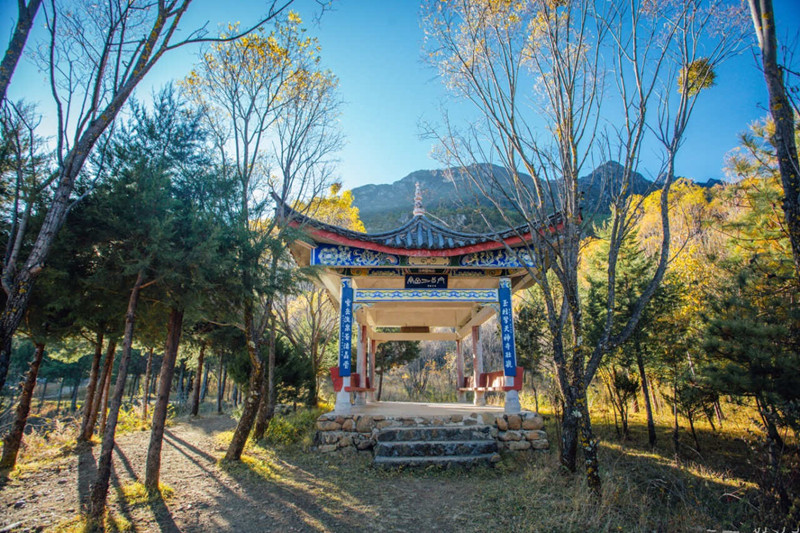
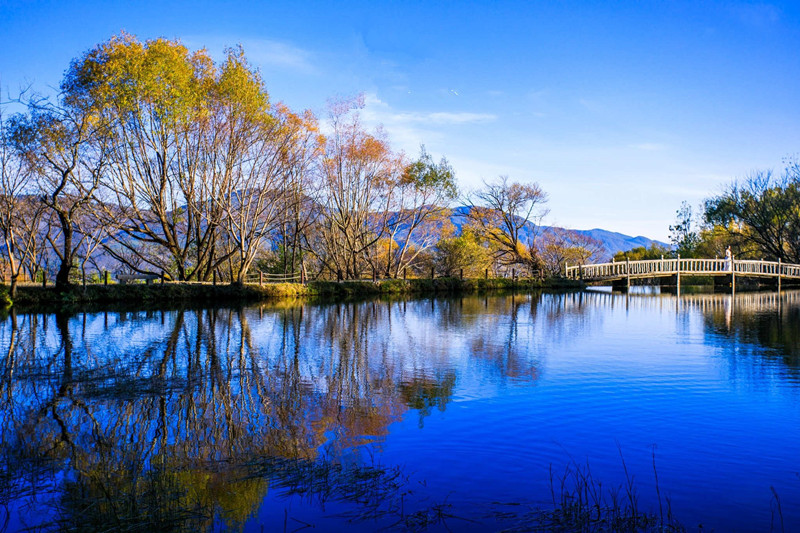
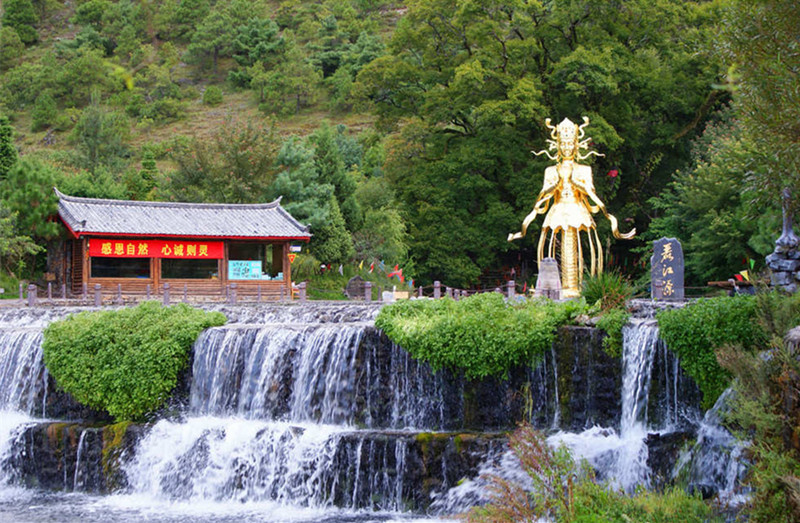
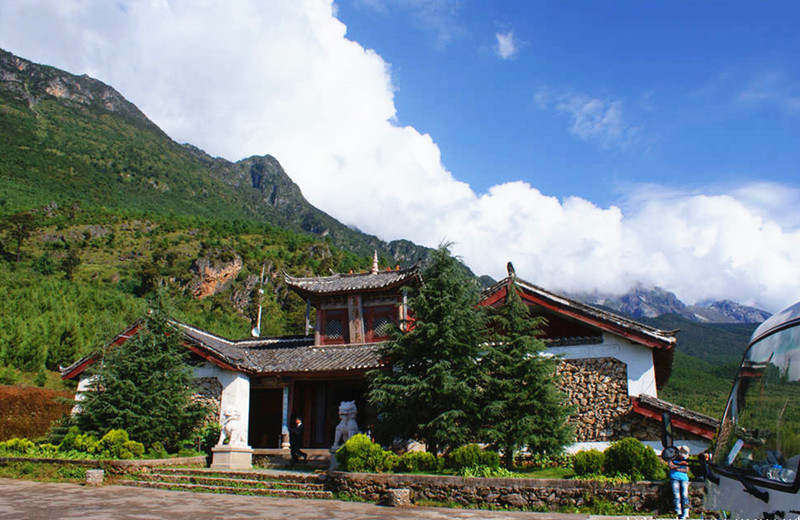
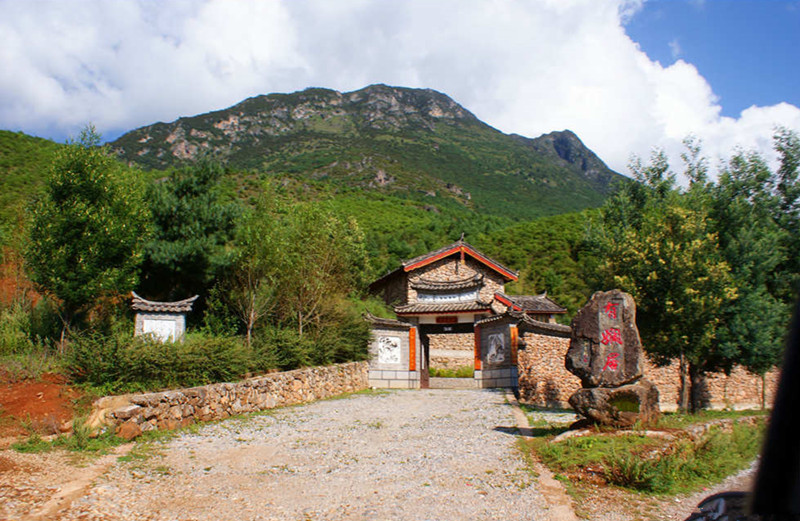


 7 Days GolfingTour
7 Days GolfingTour
 8 Days Group Tour
8 Days Group Tour
 8 Days Yunnan Tour
8 Days Yunnan Tour
 7 Days Shangri La Hiking
7 Days Shangri La Hiking
 11 Days Yunnan Tour
11 Days Yunnan Tour
 6 Days Yuanyang Terraces
6 Days Yuanyang Terraces
 11 Days Yunnan Tour
11 Days Yunnan Tour
 8 Days South Yunnan
8 Days South Yunnan
 7 Days Tea Tour
7 Days Tea Tour
 8 Days Muslim Tour
8 Days Muslim Tour
 12 Days Self-Driving
12 Days Self-Driving
 4 Days Haba Climbing
4 Days Haba Climbing
 Tiger Leaping Gorge
Tiger Leaping Gorge
 Stone Forest
Stone Forest
 Yunnan-Tibet
Yunnan-Tibet
 Hani Rice Terraces
Hani Rice Terraces
 Kunming
Kunming
 Lijiang
Lijiang
 Shangri-la
Shangri-la
 Dali
Dali
 XishuangBanna
XishuangBanna
 Honghe
Honghe
 Kunming
Kunming
 Lijiang
Lijiang
 Shangri-la
Shangri-la
 Yuanyang Rice Terraces
Yuanyang Rice Terraces
 Nujiang
Nujiang
 XishuangBanna
XishuangBanna
 Spring City Golf
Spring City Golf
 Snow Mountain Golf
Snow Mountain Golf
 Stone Mountain Golf
Stone Mountain Golf




